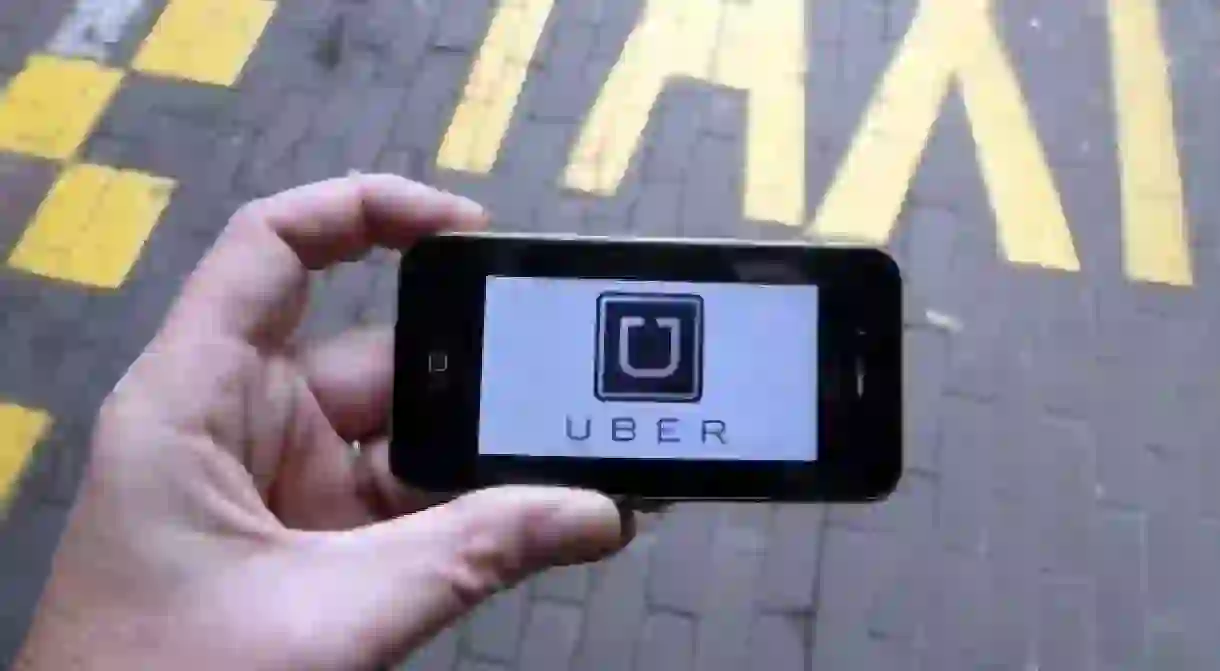Reliable Ways to Travel Around Oslo That Are Not Uber

At the end of October, Oslo joins the ever-growing list of cities that Uber has withdrawn from. While it’s understandable that some people are upset—after all, Uber was a value-for-money solution in a city where taxi prices are unregulated and therefore can be very expensive—by no means does Oslo suffer from a lack of options when it comes to getting around. Whether you’re just visiting or staying in this beautiful city for a while, the list below is a good refresher of all the ways you can travel around Oslo—without breaking the bank or suffering a nervous breakdown.
Train
Oslo has an extensive network of trains, powered by NSB, that connects you not only to other cities but also to off-center areas and suburbs in and around Oslo. Within the city center, you’ll probably find a train going your way every 10 minutes or less—but be aware that most train services stop after midnight and resume early in the morning. Check Ruter.no for timetables and tickets and you’re ready to start trainspotting and train-hopping.

Bus
Buses in Oslo are mostly red (and the regional ones are green). They’re operated by Ruter and have very frequent timetables, with buses in popular areas coming by every four minutes or so. Bus stops don’t usually have ticket vending machines, so although you can technically purchase a ticket from the driver, everyone pre-purchases tickets on their smartphone, which they then show the driver. Be aware that some drivers may not speak fluent English, rendering communication a bit tricky if you don’t speak Norwegian. Some buses operate at night too, with at least one or two buses running around the clock to accommodate trips to and from the Oslo airport.

Taxi, but with a twist
Yes, you can still get a taxi in this post-Uber world. You just need to be smart about it. One of the problems with taxis in Norway (and the reason Uber had to pause its services) is that the prices are not regulated, so the tariffs per kilometer vary depending on which city you’re in and which taxi company you’re using. Your best bet to navigate all this and maintain your sanity is Mivai, an app that gets you quotes from all the nearby taxis, so you can book the cheapest one, or the one that has the best ratings. Or, ideally, both.

T-bane
The Norwegian capital’s metro is called T-bane and if you’ve already made a joke about how it’s become “the bane of your existence” then you’re probably a local, or on your way to becoming one. It’s operated by Sporveien but thankfully on a contract with Ruter (so you can still use Ruter’s two lifesaver apps, RuterReise and RuterBillett to check timetables and buy tickets). The T-bane system consists of six lines with about 100 stops between them and there are train departures every four minutes or so but, just like the NSB train system, service stops a bit after midnight and resumes in the morning.

Carpooling
The concept of carpooling is relatively new in Norway but, with the toll prices ever rising and petrol prices being consistently the highest in all of Europe, using your own car all by yourself is quickly becoming a luxury—it’s also not a very eco-conscious way to move around. Enter SammeVei: a carpooling app that allows you to find people who are traveling the same way as you, and either you allow them to hitch a ride in your car, or you hitch a ride in theirs—all for a small fee that’s almost the equivalent of a bus ticket.

Tram
The tram in Oslo is called Trikken, and it is also operated by Ruter. It may be a slower way of moving around the city, but it’s a great option if you want to do some sightseeing (or just take some interesting cityscape photos) as it connects you to popular destinations, like the Vigeland Sculpture Park, Bislett Stadion, Aker Brygge and Grünerløkka.

Car rental, but with a twist
Car rental for millennials? There’s an app for that: it’s called Nabobil, and allows you to rent a car located near you without even needing keys to open it. The locals love it, as it’s a very economical way of renting their own vehicle without the hassle of having to contact someone for delivery and pick-up—everything happens through your smartphone.

Bike rental
Although it’s not an option for the really cold months, from April to November you can also add “bike rental” to the list of ways to move around the city. The Oslo municipality has created a very simple system for bike enthusiasts: just download the Oslo City Bike app and you can locate and unlock bicycles all over Oslo. A day pass costs NOK49 (US $6.20), whereas a three-day pass is NOK99 (US $12.5) and an entire season pass NOK299 (US $38).














